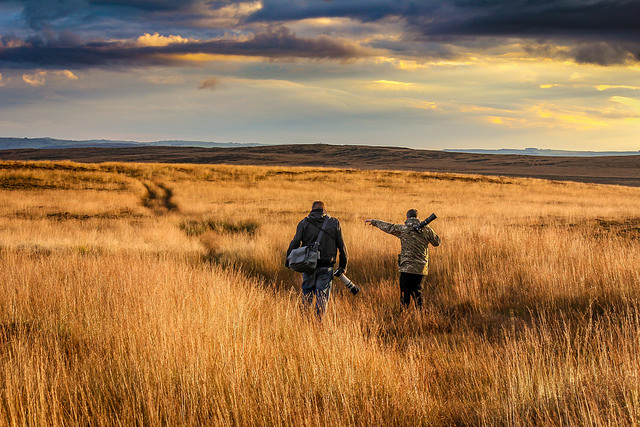In the latest post by out Community Engagement Fellows, CEFP2017 fellows Melanie Binder and Rosanna Volchok catch us up on what their project team has been doing to better understand the current landscape of community advocate programs in science and technology.
Posted by Melanie Binder, Community Engagement Manager and Social Media Coordinator for the American Society of Plant Biologists (ASPB), and Rosanna Volchok, Network Engagement Manager at the New York Academy of Sciences

The goal of our CEFP project team is to gain a stronger understanding of what makes a successful advocacy/ambassador program for scientific communities. As a follow up on Allen’s blog post describing who we, the Advocacy Ninjas, are this post provides an update on what we have been working on since then.
One of the initial challenges we faced as a team was deciding on the final output and format of our research findings. For example, did we want to publish a paper, produce a report, or present at a conference? Once we chose the final format–a detailed report with a scorecard and case studies–then it was time to get to work on a survey that, ideally, would address our two main research questions:
- What do community advocacy/ambassador programs in science and tech look like?
- What makes these programs successful?
Continue reading “Understanding the Advocacy and Ambassador Program Landscape”